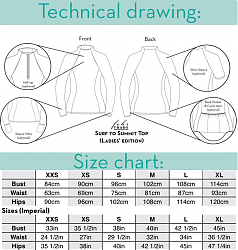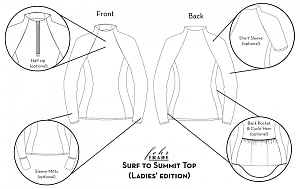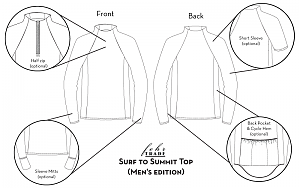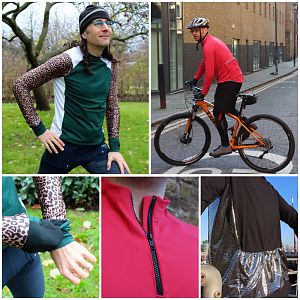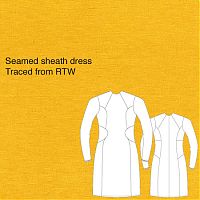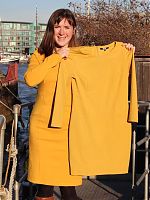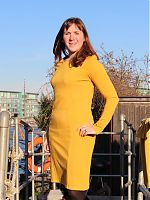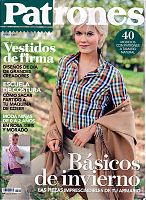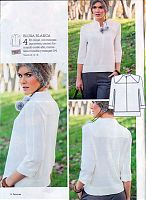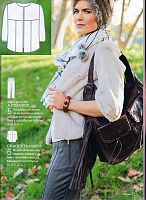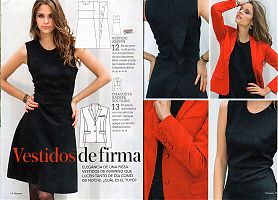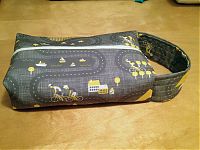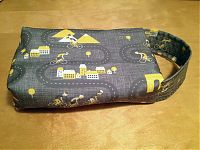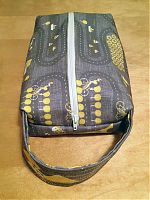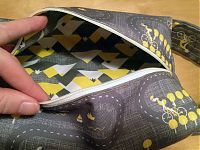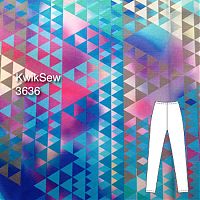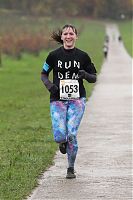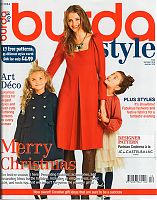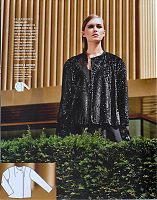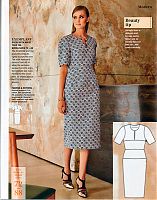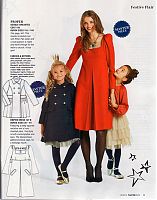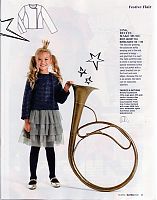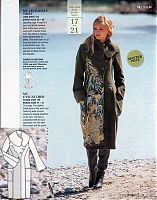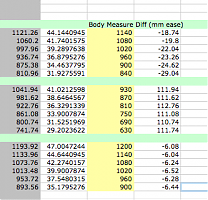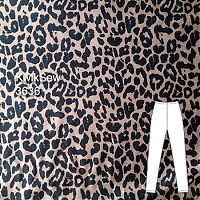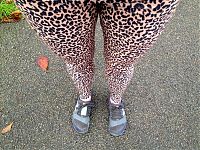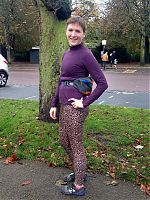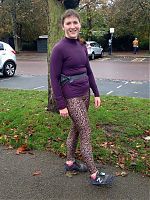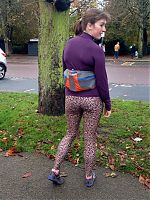My next pattern is off with the pattern testers right now and I’m frantically sewing up final samples for photoshoots, filling in missing illustrations, and responding to comments as they come in, but I’ve managed to occupy my brain with the thought of things I might sew for fun next!
I did indeed wear my traced-from-RTW mustard yellow sheath dress to Number 10 Downing Street last week, and even managed to get some photos with the famous door(!) afterwards, but you’ll have to wait for those until the proper photoshoot is done showing the rest of the dress details in some decent lighting.
But I can say already that I love the dress! It needs some slight tweaking to the shoulder area, but apart from that, my tracing was spot-on, and I’m so chuffed it turned out so well without a muslin.
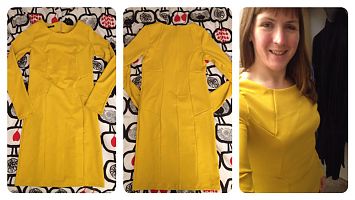
The crazy seaming really started getting my brain thinking about all the ways it could be colourblocked, though, and I looked up and suddenly found inspiration from a magazine photo I’d cut out years ago and had hanging on my sewing cave wall!

So I rummaged through my ponte scraps and realised that I had the most perfect shade of teal viscose ponte leftover from a client commission, and together with the leftover mustard scraps (and some newly-bought white ponte), I could make my very own Chalayan-inspired sheath dress!
I whipped up a tech drawing in Illustrator so I could play with the different colourblocking combinations, and I’m not sure which I should go for.
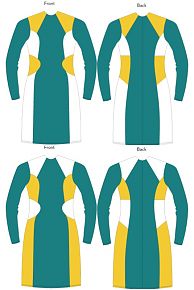
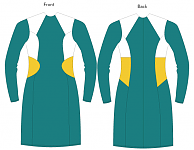
I’ve only got 1.2m of the teal and even less of the mustard, but I could buy whatever white I need to make up the rest. I think I have enough to make any of these combos, but I will of course double-check with my pieces before I order the white.
I also finally sewed up a muslin of this short coat from the Sept 2010 Burda (also known as one of my favourite issues Of. All. Time.):
